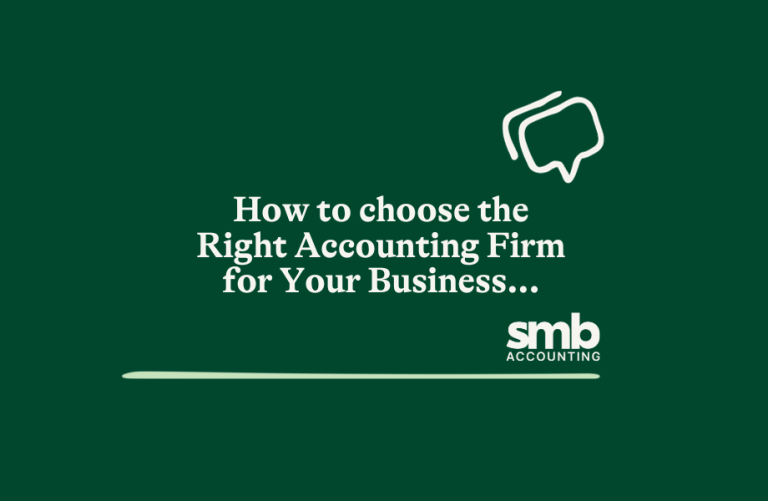The profit and loss statement (P&L) is a financial statement that shows your company’s income and expenses over a given period of time. It’s also known as the income statement or the income & expense report. The P&L compares how much money you brought in with how much money you spent during a specific period of time, usually one month or quarter.
Profit and Loss statement
A profit and loss statement, or P&L, is a financial statement that summarizes a company’s revenues, expenses and net income for a given period of time. It’s also called an income statement.
The P&L summary shows you how much money your business made or lost through sales revenue (revenue) minus expenses (costs). The bottom line is the net profit, which can be positive or negative depending on whether your total revenue outweighed your total costs.
Profit & Loss Statement Example:
Income
Income is the money that comes in to a business. Income can come from sales of products or services, and may include interest, dividends and other types of income.
It’s important for you to be able to identify where your income comes from so you can make sure you’re getting as much revenue as possible out of each sale. You can break down your income by category (for example: product A sold X units; product B sold Y units), by period (for example: Q1 versus Q2), or even by customer (for example: John Doe purchased X number of products).
Sales
Sales are the total amount of money your company brings in from customers. Sales are the result of your company’s marketing efforts, pricing strategy and product or service offerings.
Sales can be broken down into four main categories:
- Gross sales – The amount of money that comes in before any discounts have been applied to it. For example, if you sell something for $1,000 but give a 20% discount; gross sales would be $1,000 (not $800).
- Net sales – The amount of money that comes in after all discounts have been applied but before taxes have been paid. For example if you sell something for $1,000 which has a 20% discount; net sales would be $800 after tax (not $840).
Financing
Financing is the money you borrow to start or grow your business. Financing can be in the form of a loan or a line of credit.
Financing allows you to buy inventory and pay for other expenses. Financing is usually paid back over a period of time, though it may be paid back immediately if it’s an unsecured line of credit.
Other Income
Other Income is any income that is not part of the normal operations of your business. Examples of other income include interest earned from a savings account, rent received, or money you receive for selling an item on eBay.
To report other income on your P&L, you can use one of two options:
- The Accrual Method – This method records all revenues when they are earned and deducts expenses when they are paid (or accrued). You can learn more about the accrual method here.
- The Cash Method – This method records revenues when cash is received and deducts expenses as soon as they occur (when you pay them). You can learn more about the cash method here.
Expenses
An expense is a cost that is incurred in order to generate revenue. You can broadly categorize business expenses into two types: direct and indirect. Direct costs are those that can be specifically identified with a product or service, while indirect costs cannot be so easily attributed.
Direct expenses include things like the cost of raw materials used in the production process and salaries paid to employees who work directly on a project or product. On the other hand, indirect expenses are related to overhead costs such as rent, utilities and office supplies; they’re associated with operating your business but aren’t directly linked to any one specific product or project (e.g., if you have an administrative assistant who works on sales tasks as well as accounting work).
Fixed vs variable expenses
Fixed costs are those whose rates do not change over time—they remain at exactly the same amount every month regardless of your volume of activity during that period (e.g., rent). Variable costs fluctuate depending on how many units you sell each month—the more products sold per month means higher variable expenses (e.g., packaging materials for each unit).
COGS/Cost of Goods Sold/Inventory
COGS is the cost of goods sold, or the inventory on hand. It is also called Cost of Goods Sold and Inventory. When you buy raw materials, receive them in your warehouse, process them into finished products and sell those products to customers, this figure will be used to calculate your profitability (or lack thereof).
Marketing & Promotions
So, what does all that mean? Well, a Profit & Loss Statement is an overview of your company’s financial performance. It breaks down revenue and expenses so you can see how much money you’re making or losing. The first section of the statement is Marketing & Promotions.
Marketing is one of the key drivers of revenue in any business because it helps customers find you and buy your products or services. But marketing isn’t just advertising—it’s also customer relations and public relations (PR).
Marketing can be divided into three main categories: consumer-facing marketing; business-to-business (B2B) marketing; and branding through corporate social responsibility (CSR), sustainability initiatives, etc., which I refer to as integrated communications.
Salaries & Benefits (including Contractors)
Salaries & benefits are a cost of doing business. They include salaries, bonuses, 401k contributions and any other benefits you provide employees (such as health insurance).
Salary: This is the amount you pay your employees. If you have contractors or subcontractors who work with your company but don’t make up a significant part of your workforce, then they would be considered “contractors” here (more on that later).
Rent, Utilities, and Insurance
As a business owner, you’ll want to know what your rent, utilities, and insurance costs are. These three items make up a significant portion of your ongoing expenses as a small business owner. To calculate them:
- First add together all of the monthly payments that you make for these services. For example, if you pay $2,000 in rent each month and $200 in utilities each month, then your total monthly payments for these two things would be $2,200 ($1,400 + 600 = 2200).
- Next divide this number by 12 to get an average monthly cost per year (2200 / 12 = 175).
- Finally multiply this amount by 100% to arrive at a percentage of total expenses (175 * 100% = 175%).
Interest paid on debt or financing including any fees associated with the loan or line of credit.
The interest paid on debt or financing, including any fees associated with the loan or line of credit. This is a cost of doing business, and it will vary depending on the type of loan you take out.
A Profit & Loss Statement is a document that reports your company’s financial performance over a specified time period.
A Profit & Loss Statement is a document that reports your company’s financial performance over a specified time period.
You can use this statement to calculate how much money you made or lost during the given time period.
Conclusion
Profit and loss statements provide a snapshot of your business’s financial performance over a given time period. In addition to showing how much money you made or lost, they provide insight into your company’s expenses and income sources so that you can make informed decisions about future financing needs, inventory levels, pricing strategies and more.




